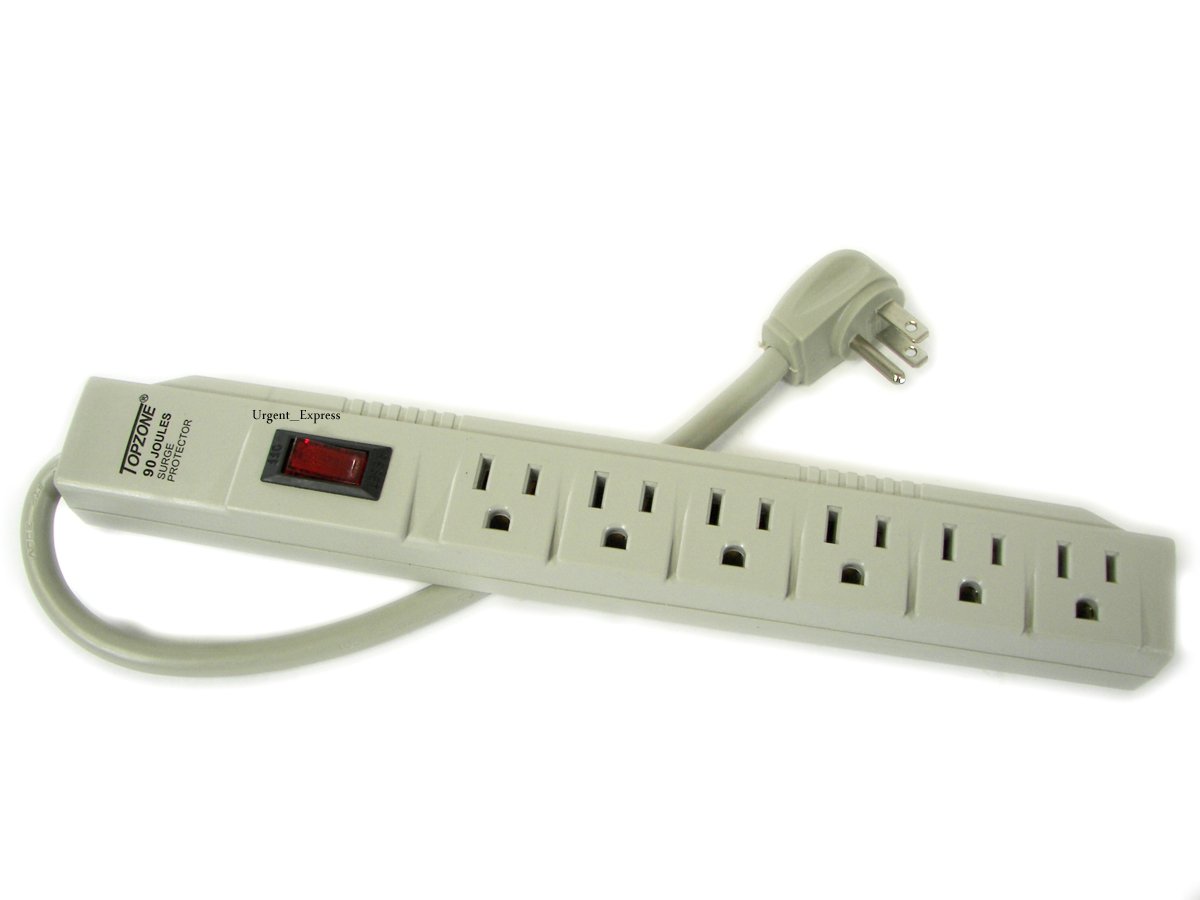Windows 7 WiFi No Internet Access
Having trouble with your Windows 7 WiFi connection? Stuck with the frustrating “No Internet Access” error? Let’s delve into the possible causes and solutions for this common issue.
Identifying Connection Issues
If you are experiencing connection issues with your Windows 7 WiFi and are unable to access the internet, there are a few steps you can take to troubleshoot and identify the problem.
1. Check your WiFi signal strength: Look for the WiFi icon in your system tray and hover over it to see the signal strength. If the signal is weak or fluctuating, try moving closer to your router or access point.
2. Verify your WiFi adapter: Open the Control Panel and navigate to Network and Sharing Center. Click on Change adapter settings and ensure that your WiFi adapter is enabled and connected.
3. Check your IP address: Open the Command Prompt by pressing Windows + R, typing “cmd”, and hitting Enter. In the Command Prompt, type “ipconfig” and check the IP address listed under your wireless adapter. It should be in the format of 192.168.x.x. If it starts with 169.x.x.x, it means your computer is not receiving a valid IP address from the router.
4. Reset your TCP/IP stack: In the Command Prompt, type “netsh int ip reset” and hit Enter. Restart your computer afterwards.
5. Disable any firewalls or antivirus software temporarily: Sometimes, these security measures can interfere with your internet connection. Temporarily disable them and check if you can access the internet.
6. Reset your router: Unplug your router from power for about a minute, then plug it back in. Wait for it to fully restart and try connecting again.
Preliminary Checks and Power Supply

Preliminary Checks:
1. Check if other devices are able to connect to the internet. This will help determine if the issue is specific to your Windows 7 device or a problem with the network itself.
2. Restart your computer and modem/router. Sometimes a simple reset can resolve connectivity issues.
3. Ensure Wi-Fi is enabled on your Windows 7 device. Look for the Wi-Fi icon in the system tray and make sure it is turned on.
Power Supply:
1. Check if your device is receiving sufficient power. A low battery or power-saving mode can affect the performance of your Wi-Fi connection.
2. If your Windows 7 device is connected to a power source, try using a different power outlet or a different power adapter to rule out any issues with the power supply.
3. Verify that the network interface controller (NIC) is functioning properly. Go to Control Panel > Device Manager and check for any yellow exclamation marks or errors next to the network adapter.
4. Update the driver for your network adapter. Visit the manufacturer’s website and download the latest driver for your specific model.
Troubleshooting and Fixes for Windows 7
-
Restart your computer and network devices:
- Turn off your computer, modem, and router.
- Wait for at least 30 seconds.
- Turn on your modem and wait for it to fully power up.
- Turn on your router and wait for it to fully power up.

- Turn on your computer and check if the internet connection is restored.
-
Check the WiFi adapter:
- Press Windows Key + X and select Device Manager.
- In the Device Manager window, expand the Network adapters category.
- Right-click on your WiFi adapter and select Properties.
- In the Properties window, go to the Driver tab.
- If the driver is outdated, click on Update Driver and follow the on-screen instructions to install the latest driver.
- If the driver is up to date, close the Device Manager.
-
Reset TCP/IP stack:
- Press Windows Key + X and select Command Prompt (Admin).
- In the Command Prompt window, type netsh int ip reset and press Enter.
- Wait for the command to complete and then restart your computer.
-
Disable IPv6:
- Press Windows Key + R to open the Run dialog box.
- Type ncpa.cpl and press Enter.
- In the Network Connections window, right-click on your WiFi adapter and select Properties.
- Uncheck the box next to Internet Protocol Version 6 (TCP/IPv6).
- Click on OK to save the changes.
-
Disable Power Management for the WiFi adapter:
- Press Windows Key + X and select Device Manager.
- In the Device Manager window, expand the Network adapters category.
- Right-click on your WiFi adapter and select Properties.
- In the Properties window, go to the Power Management tab.
- Uncheck the box next to Allow the computer to turn off this device to save power.
- Click on OK to save the changes.
-
Flush DNS cache:
- Press Windows Key + X and select Command Prompt (Admin).
- In the Command Prompt window, type ipconfig /flushdns and press Enter.
- Wait for the command to complete and then restart your computer.
-
Run Network Troubleshooter:
- Click on the network icon in the system tray.
- Select Troubleshoot problems.
- Follow the on-screen instructions provided by the Network Troubleshooter.
- If any issues are found, follow the recommended steps to fix them.
Advanced Solutions: DNS and Router Reset
If you are experiencing Windows 7 WiFi connectivity issues with no internet access, there are advanced solutions that can help resolve the problem. Two effective methods to try are DNS and router reset.
DNS Reset: The Domain Name System (DNS) is responsible for translating web addresses into IP addresses. Sometimes, DNS settings can become corrupted, leading to connectivity issues. To reset your DNS settings, follow these steps:
1. Press the Windows key + R to open the Run dialog box.
2. Type “cmd” and press Enter to open the Command Prompt.
3. In the Command Prompt, type “ipconfig /flushdns” and press Enter.
4. Wait for the command to complete and then restart your computer.
Router Reset: Resetting your router can often resolve network connectivity problems. Here’s how to do it:
1. Locate the reset button on your router. It is usually a small hole that requires a pin or paperclip to press.
2. Press and hold the reset button for about 10 seconds.
3. Wait for the router to reboot and reconnect to your wireless network.
After performing these advanced solutions, check if your Windows 7 WiFi connectivity issue has been resolved. If not, you may need to seek further assistance or consider contacting your internet service provider.
F.A.Qs
How do I fix Windows 7 Cannot connect to the Internet?
To fix Windows 7 Cannot connect to the Internet, you can use the built-in network troubleshooter. Simply click Start, type “troubleshoot,” and select Troubleshoot Other Problems from the search results. In the Settings window, click on Network Adapter and run the troubleshooter to see if it resolves the issue.
Why is my Wi-Fi connected but no Internet access?
Your Wi-Fi is connected but there is no internet access due to various possible reasons. The common cause is a problem with your router or modem, or a loose cable. However, there can also be more technical reasons for the internet failure.
How do I restore my network connection in Windows 7?
To restore your network connection in Windows 7, you can go to the Control Panel, then navigate to Network and Internet. From there, click on the Fix a Network Problem link and select the type of network connection that is lost. Follow the troubleshooting guide provided to resolve the issue.
Why is my Windows 7 not showing Wi-Fi?
Your Windows 7 may not be showing Wi-Fi because you need to reset your network settings. To do this, go to “Network & Internet” in the Control Panel, click on “Status,” then select “Network reset.” On the next page, click “Reset now.” After your computer reboots, try searching for wireless networks again.


